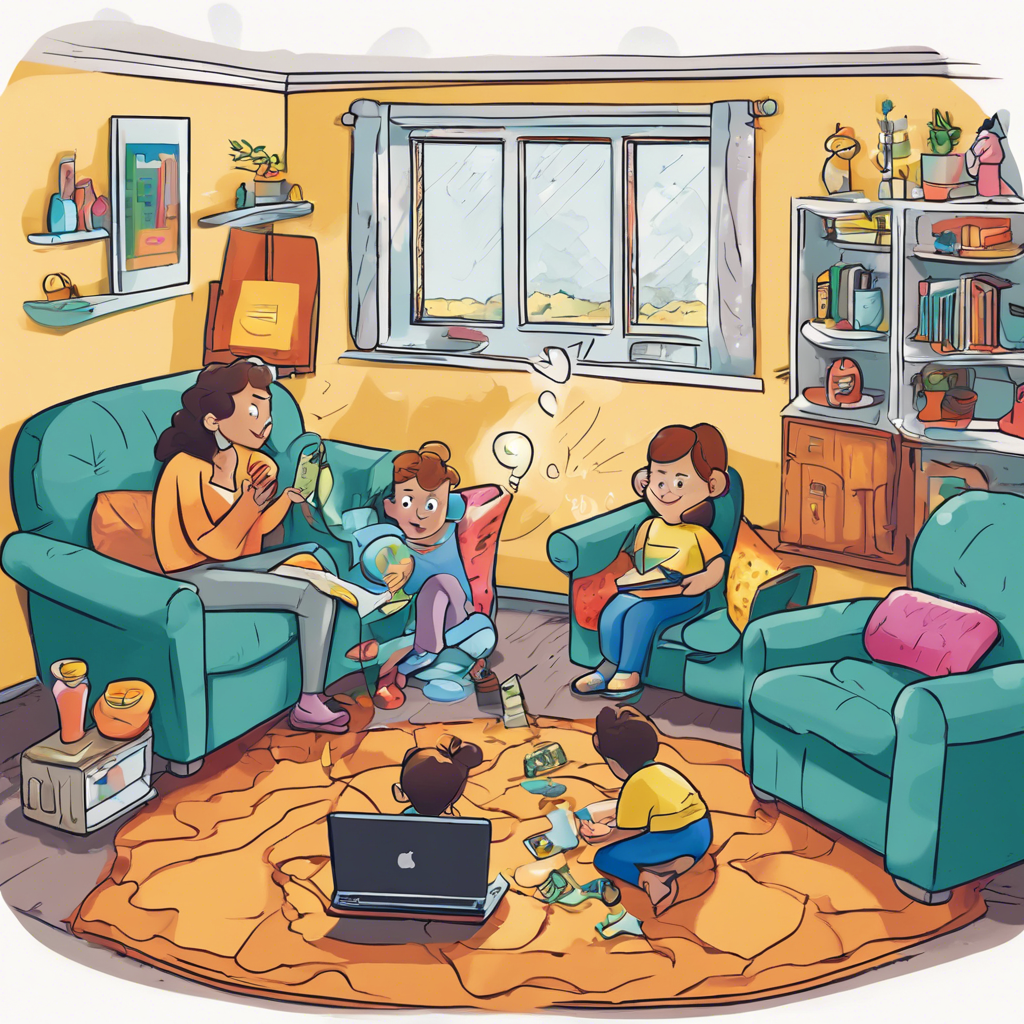How Do Regional Preferences For Hot Dog Toppings Differ Across The United States?
Gathering question image...
Introduction
Hot dogs are an iconic element of American culinary culture, especially during summer barbecues and baseball events. However, when it comes to hot dog toppings, regional preferences across the United States present a captivating variety that highlights local flavors and culinary traditions.
Popular Regional Hot Dog Variations
Across the United States, hot dog toppings represent a rich diversity of regional flavors. From the timeless mustard and ketchup duo to distinctive local specialties, each region boasts its own favorites that reflect cultural influences and local ingredients. For instance, New Yorkers enjoy their hot dogs adorned with sauerkraut and mustard, while Chicagoans firmly reject ketchup in favor of their trademark toppings. Learning about these regional preferences offers valuable insights into America's broad culinary landscape.
- New York: Enjoyed with sauerkraut and spicy brown mustard, typically served on a soft potato bun.
- Chicago: Characterized by toppings such as chopped onions, vibrant neon green relish, and tomato slices, all served without ketchup alongside a dill pickle spear and peppers.
- Los Angeles: Often garnished with fresh avocado and salsa, showcasing the influence of Mexican culinary traditions.
Cultural Influences on Hot Dog Toppings
The variation in hot dog toppings reflects diverse cultural histories and locally sourced ingredients. Cities like Chicago, known for its rich culinary landscape, have developed their hot dog style to emphasize freshness and vibrant colors. Conversely, the straightforward nature of a New York hot dog aligns with the fast-paced urban lifestyle where quick and flavorful options are key. These toppings not only enhance taste but also narrate the story of the region's unique heritage.
- Local ingredients often shape the toppings; for instance, California's abundance of fresh produce leads to the integration of avocados and salsas that embody its culinary trends.
- Cultural influences matter; the popularity of sausages and toppings like sauerkraut in areas like New York can be traced back to German immigrant communities.
Conclusion
In conclusion, hot dog toppings across the United States weave a rich narrative of regional preferences shaped by cultural backgrounds and local flavors. From the classic New York hot dog to the vibrant Chicago dog, each variation encapsulates the distinctive identity of its region. Exploring these culinary differences not only enhances the hot dog experience but also deepens our appreciation for America's diverse culinary heritage.
Expert Quote
Dr. David Haynes, Culinary Historian and Food Culture Expert
Regional hot dog styles are more than just preferences; they represent the social and cultural histories of their regions, showcasing the distinctive ingredients and tastes that define American cuisine.
From 'The Great American Hot Dog' by David Haynes, published by Culinary Press, 2022
Relevant Links
Regional Hot Dogs | NHDSC
https://www.hot-dog.org/culture/regional-hot-dogsWhat are the strongest regional food rivalries or preferences in how ...
https://www.reddit.com/r/AskAnAmerican/comments/1hc0rgw/what_are_the_strongest_regional_food_rivalries_or/Regional Hot Dog Recipes - Martin's Famous Potato Rolls and Bread
https://potatorolls.com/blog/regional-hot-dog-recipes/How do I re-create an authentic American Hot Dog? : r/AskAnAmerican
https://www.reddit.com/r/AskAnAmerican/comments/1f2ptvd/how_do_i_recreate_an_authentic_american_hot_dog/The Chili Dog Revolution: A Condiment's Rise
https://www.numberanalytics.com/blog/chili-dog-revolution-impact-on-hot-dog-cultureMost popular questions

How Do The Personal Relationships Among Gods Affect Their Decisions In The Iliad?
The intricate relationships among the gods in Homer's epic poem 'The Iliad' play a crucial role in shaping their actions and decisions. These divine interactions create a complex web of fates, where each god's personal alliances and rivalries directly influence the events of the mortal world.

What Strategies Can Parents Use To Educate Their Children About Online Safety Beyond Privacy Settings?
In today's digital landscape, teaching children about online safety is essential for their protection and well-being. While privacy settings play a critical role, parents can implement various strategies to create a thorough understanding of online safety principles among their children.

What Are The Different Types Of Insulation Materials Commonly Used In Buildings, And How Do They Compare In Terms Of Thermal Resistance?
Insulation materials are vital for enhancing energy efficiency in residential and commercial buildings by minimizing heat transfer. Understanding the various insulation types can lead to better choices for thermal resistance and overall comfort.
Most recent questions

What Role Do Social Media Campaigns Play In Shaping Fan Anticipation For Upcoming Sequels And Spin-offs?
Social media marketing campaigns are revolutionizing how fans connect with their beloved movies and franchises. These digital platforms act as essential channels linking film studios and their audiences, cultivating anticipation and excitement for forthcoming sequels and spin-offs.

How Can Qualitative Research Methods Complement Quantitative Approaches In Studying Gender Dynamics In Film Adaptations?
Exploring gender dynamics in film adaptations demands a comprehensive, multifaceted approach. By strategically integrating qualitative and quantitative research methods, researchers can uncover a deeper understanding of how gender is represented and perceived in various cinematic texts. This document will analyze the complementary roles of qualitative and quantitative research in this context, enhancing insights and enabling nuanced analyses of gender representation in films.

What Role Does Gender Play In The Exploration Of Power Dynamics In Films Versus The Exploration Of Class Struggles In Historical Texts?
The interplay of gender dynamics and class struggles in media and literature serves as a powerful lens for examining socioeconomic power structures. In films, gender representation significantly influences narratives and character development, while historical texts delve into the class conflicts that expose societal disparities and the quest for power. This analysis explores how these two themes prompt critical reflections on societal constructs related to gender and class power.